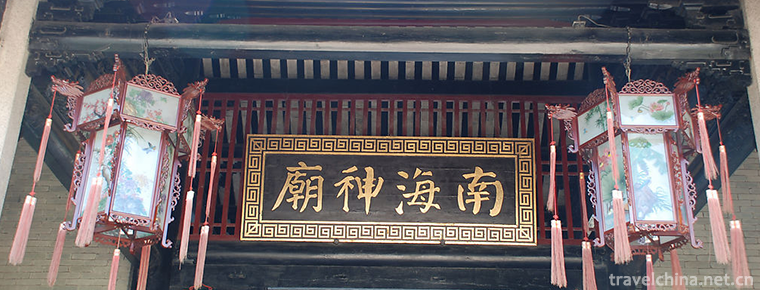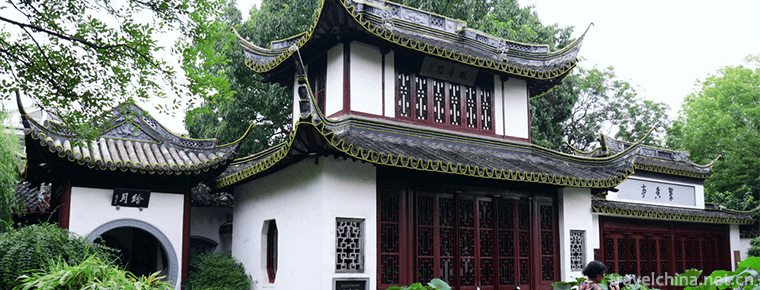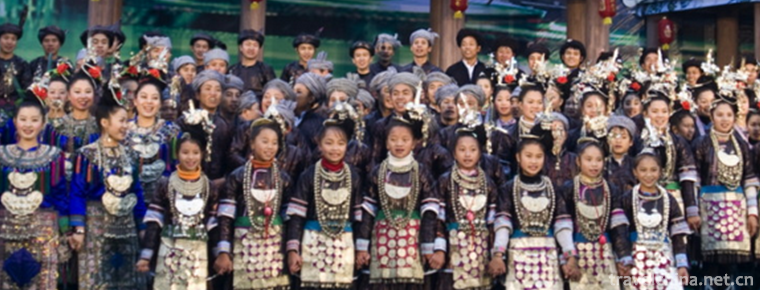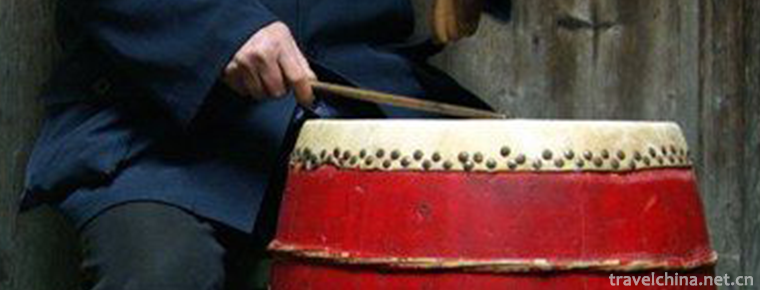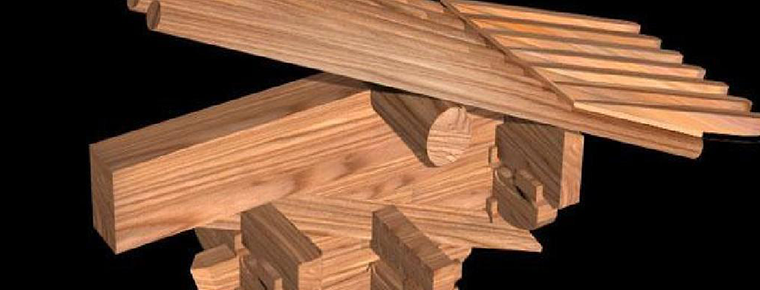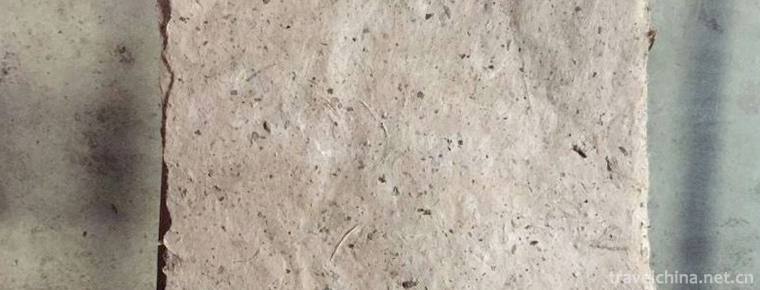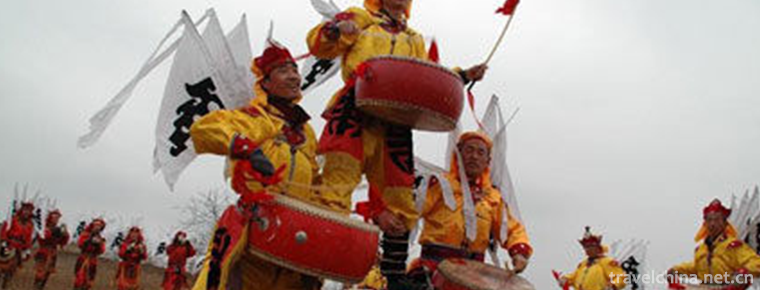The Art of the Peking Solo stringed Orchestra
The Art of the Peking Solo-stringed Orchestra
The unique charm of the unique stringed instrument art of the Jing ethnic minority in China. It is a non-material cultural heritage project of the Beijing solo string art in Guangxi Zhuang Autonomous Region. As its name implies, the One-string piano has only one string. It takes the big bamboo pipe as its body. Its structure is simple, its pronunciation is full and mellow, its timbre is clear and beautiful. When the Jing people came here in 1511, they had a solo-stringed instrument, which is indispensable to the Jing people. The solo-stringed piano is accompanied by our people of the Beijing nationality. The solo-stringed piano is one of the cultural symbols of the Beijing nationality.
On May 23, 2011, the Beijing solo string art was approved by the State Council and listed in the third batch of national intangible cultural heritage list.
historical origin
Du-string piano is a unique overtone musical instrument of the Jing nationality. It is also called Duan-string piano in the Beijing dialect. It is popular in Fangcheng area of Guangxi, China, and Vietnam.
The characteristics of the solo-string piano are: the interpretation of music works depends entirely on a string and a rocker, through playing, picking, kneading, pushing, pulling, kneading, pushing and kneading and many other means to achieve.
As an overtone musical instrument, the single-string instrument can play overtone and bass on the only strings at the same time. It has soft and beautiful timbre, clear tenor, bright baritone, full bass and rich expressive force. It is suitable for expressing various long Lyric melodies. It can not only depict the beautiful scenery of coconut forest, mountains and rivers, but also express people's thoughts vividly and vividly. Love. It plays euphemistic melodies like songs, like poets chanting, full of sweetness, with profound artistic charm.
Since the 1980s, some pianists have made bold reforms to the traditional instruments of this nation. They have placed pickups in the sound of the piano, then connected the enlargers, and transmitted the enlarged sound through the speakers. This is the electric single-string piano. Old-style solo piano only plays instrumental solo music and folk song accompaniment. On the basis of maintaining the original characteristics of national musical instruments, the electronic Solo Piano absorbs the characteristics of electronic acoustic instruments (such as wide range, rich timbre, etc.) and can play instrumental solo music, folk song accompaniment, pop songs and so on. Most of the pianists don't look at the music score when they play, they play by memory. Excellent folk pianists, when accompanying folk songs, rely entirely on their sensitive hearing, singing what tone, the pianist can play what tone, its skill is superb in playing the music with decoration and long tremolo.
Because the tone of the Jing people's speech coincides with the tone of the solo stringed piano and is also an ancestor, it has been deduced into the traditional musical instrument of the Jing people in Guangxi. For thousands of years, because of the closure of the rulers, they will be killed if they pass on without permission. Folk artists'Conservatism - teaching the piano secretly only in the form of father-son transmission, which makes it difficult for outsiders to pry into, makes the instrument mysterious and almost extinct. Having been destined to study under the door of Li Pingmen, a master of the solo-string instrument, and Zhou Ziying, who has lived in the United States for many years, felt that the solo-string instrument would become a great success. Therefore, he is working overseas to promote the nearly lost art of musical instrument performance. He has also set up guidance centers in the United States and Singapore respectively. I believe that with the joint efforts of her and the veteran experts of the string instrument, this instrument will be allowed to play in Singapore. Overseas development, for the Chinese national musical instruments shine brilliantly.
Inheritance significance
After modern society, the soloist has been improved comprehensively with the development of modern civilization. The most obvious progress has been made in at least three aspects:
Firstly, it is the replacement of linen bamboo strips with steel strings that makes the tone of the solo stringed instrument thick and melodious, and the range wider and more stable. It was the improvement of timbre and range that the late Jing artist Su Shanhui initiated the solo-stringed instrument on stage in the late 1950s.
Second, it is the music score of the solo-stringed piano that makes the music of the solo-stringed piano popularized and popularized. In the early 1960s, the Dongxing National Song and Dance Troupe began to collect and sort out the music scores of the Jing nationality systematically, which made it possible for the first time to have a complete set of music scores for the solo-string music handed down from the mouth, thus creating conditions for the solo-string music to enter the hall of elegance from the folk.
Third, the scientific and technological content of the solo-string instrument has been improved, and its artistic expressiveness and ornamentality have been enhanced. Through repeated experiments, musicians have succeeded in replacing bamboo barrels with mahogany, purple or brown wood, replacing bamboo rockers with horns, installing pickups on strings, and installing amplification facilities on pickups, so as to make the tone of the solo string more beautiful and elegant, and the voice more clear, melodious and pleasant. The new-style solo-string instrument is still simple and simple in shape, and on top of the dish is the same string and pole, but its texture is exquisite and elegant. Especially its beautiful and soft timbre is very expressive: it can not only delicately depict the natural scene, but also vividly show people's thoughts, feelings and inner world. Appreciate the performance of the solo-string piano, but see the finger playing in the armrest, and hear the sound of the piano, you will naturally immerse in different musical realms: or calm wind and waves, vast sea and sky; or tides rise and fall, waves surge; or tender feelings like water, moving around people...
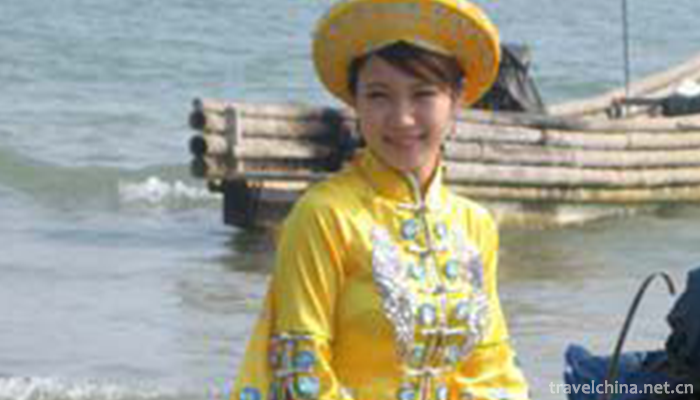
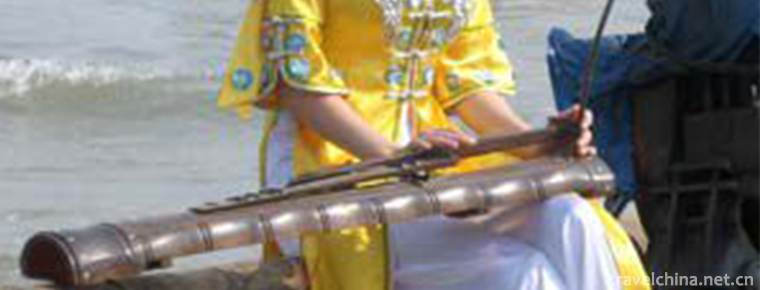
The Art of the Peking Solo stringed Orchestra
-
Nanhai Temple
Nanhai Temple, also known as the Polo Temple, is a place where ancient Chinese laborers worship the sea. Located in Miaotou Village, Huangpu District, Guangzhou
Views: 233 Time 2018-12-31 -
Guyi Garden
Guyi Garden is located in Nanxiang Town, Jiading District, northwest suburb of Shanghai. It was built in Jiajing period of Ming Dynasty. Its original name is "Yiyuan". It was taken from the
Views: 142 Time 2019-01-12 -
Legend of Cang Jie
Cangjie Legend is an ancient Chinese folklore. The story of Cangjie's writing originated from the Yan and Huang Dynasties and has a history of 5,000 years. Legend has it that in
Views: 236 Time 2019-04-04 -
Tea ceremony
Tea art is a kind of culture. On the basis of Chinese excellent culture, tea art has absorbed and borrowed other art forms extensively, and expanded to literature, art and other fields
Views: 227 Time 2019-04-15 -
the Dong chorus
Originated in the Spring and Autumn Period and the Warring States Period, the Dong Grand Song has a history of more than 2500 years. It is a folk chorus form with multi-voice
Views: 201 Time 2019-04-27 -
Kazakh Aytes
Kazakh Aytes is a typical representative of Kazakh folk art, a competitive form of performance, is the most abundant content of Kazakh folk oral literature, the most influential literary type among th
Views: 248 Time 2019-05-02 -
Lishui drum words
Lishui Drum Ci is a popular rap art in Liandu and its surrounding areas in Lishui City, Zhejiang Province. Lishui Drum Ci originated from the Tang Dynasty. During the reign of Emperor Li Shimin, it wa
Views: 351 Time 2019-05-13 -
Construction Techniques of Luling Traditional Dwellings
The traditional wooden structure construction technique is an ancient traditional handicraft of the Han nationality. The traditional architecture of the Han nationality is a building system with woode
Views: 293 Time 2019-05-15 -
Mulberry Paper Making Skills
Mulberry paper is pale yellow. Mulberry paper with exquisite craftsmanship has obvious fiber structure. Mulberry paper is basically used as the page in local government books and books formed in Ming
Views: 144 Time 2019-06-12 -
Triple Drum Jump
Dancing three drums is a kind of opera which is popular in counties (cities) such as public security, Shitou, Jiangling and Songzi. It evolved from the funeral board and funeral drum song of sacrifici
Views: 280 Time 2019-06-21 -
Uygur Medicine
Uygur Medicine magazine provides medical workers with good opportunities for education, continuing education and academic exchange platform, and is committed to improving the comprehensive quality of
Views: 306 Time 2019-06-26 -
Needlework of Chinese embroidery
Category: random needling, straight needling, disc needling, trowel needling, grabbing needling, flat needling, scattered wrong needling, weaving embroidery, applying needling, auxiliary needling, variant embroidery
Views: 151 Time 2020-12-12
